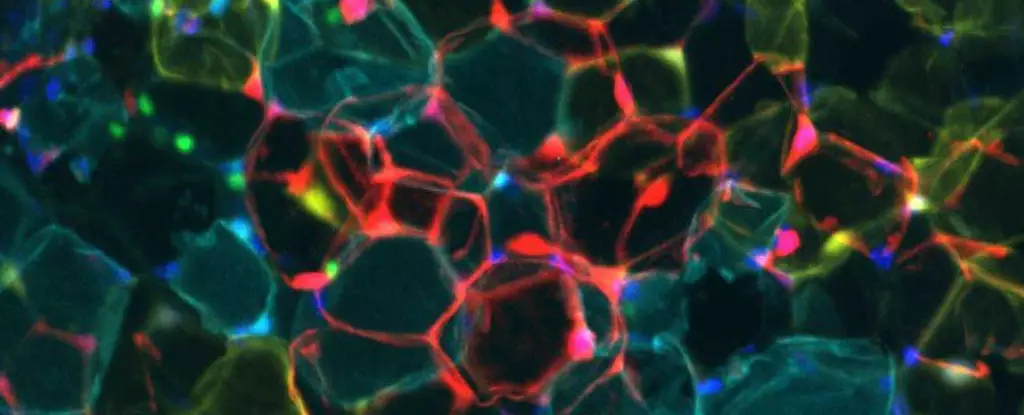A recent study conducted by physician scientist Brian Feldman and molecular biologist Liang Li from the University of California, San Francisco has shed light on a potential breakthrough in the field of fat cell biology. By experimenting on human cell cultures and genetically engineered mice, the researchers discovered a switch that can transform ‘deep storage’ white adipose tissue (WAT) into a more metabolically active form known as brown adipose tissue (BAT).
In mammals, fat tissues are categorized into white fat, which is primarily used for long-term energy storage, and brown fat, which is responsible for generating heat by burning through calories. While adults mainly have white fat deposits, babies and hibernating animals possess a higher amount of metabolically active brown fat to regulate their body temperature. The balance between white and brown fat plays a crucial role in energy metabolism and overall health.
Feldman and Li’s research focused on the transcription factor Klf15, which is believed to play a key role in regulating fat metabolism. By manipulating the levels of Klf15 in fat tissues, the researchers were able to stimulate the conversion of white fat cells into beige fat cells, which exhibit characteristics of both white and brown fat.
Potential Therapeutic Implications
The findings of this study have significant implications for the development of new therapies for obesity and metabolic disorders. By targeting the adrenergic receptor Adrb1, which is linked to the activation of brown fat, researchers could potentially find ways to induce the browning of white fat cells in humans. Clinical trials investigating Adrb1 agonists are already underway, with the hope of improving metabolic health without the side effects associated with traditional weight loss interventions.
While the idea of switching white fat cells to beige fat cells may have seemed like a far-fetched concept in the past, the latest research suggests that it could be a viable strategy for promoting weight loss and improving metabolic health. Further studies are needed to fully understand the mechanisms involved in this fat cell transformation process and to explore the potential benefits for individuals struggling with obesity and related conditions.
The discovery of a switch that can transform white fat cells into metabolically active beige fat cells represents a significant advancement in the field of fat cell biology. By targeting specific molecular pathways and receptors, researchers may be able to develop novel therapeutic approaches for addressing the growing epidemic of obesity and its associated health risks.



Leave a Reply